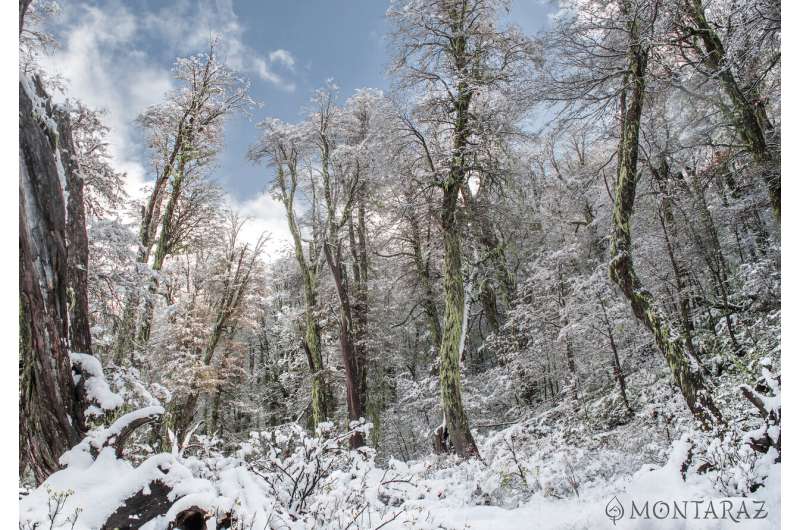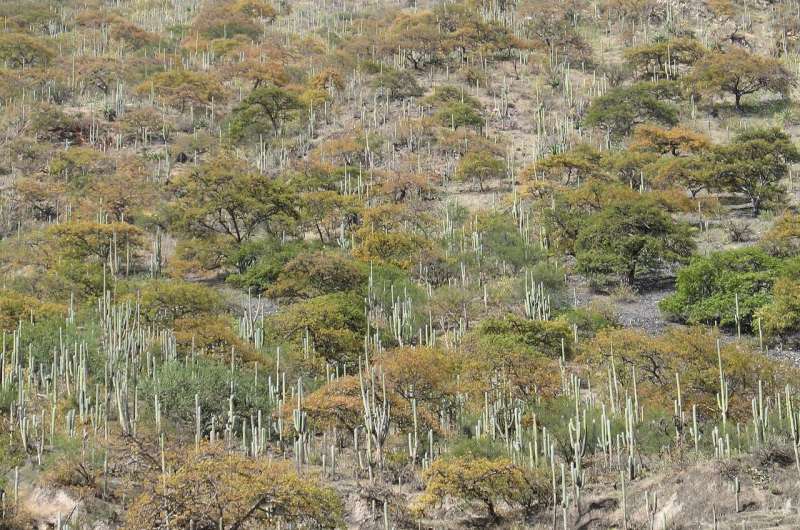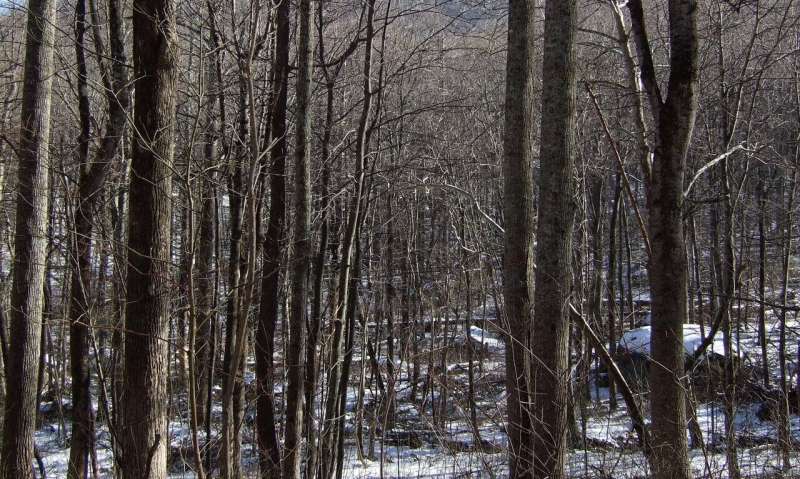Look beyond rainforests to protect trees, scientists say

Temperate and tropical dry forests—not just rainforests—are home to thousands of unique tree species, a new study reveals.
Scientists studied data from more than 10,000 forest and savanna sites across the Americas, discovering unique and special tree biodiversity.
Conservation efforts have traditionally focussed on rainforests, partly because they contain so many tree species.
But the new study—by an international team including the University of Edinburgh and the University of Exeter—overturns this conventional wisdom.
It shows that nearly 30% of tree evolutionary diversity is only to be found in temperate and tropical dry forests, while the comparable figure for tropical rainforests is 26%.
"Our findings show that temperate forests and dry forests have unique evolutionary history that merits far greater conservation attention," said Professor Toby Pennington, of Exeter's Global Systems Institute.
"Protecting rain forests is obviously vital for many reasons, but we shouldn't ignore the unique tree biodiversity of temperate and dry forests."
"The temperate forests in Chile and further north in the Andes, and scattered and isolated tropical dry forests across the Americas, are highlighted as particularly unique, threatened and in need of conservation action," said Ricardo Segovia, of the Institute of Ecology and Biodiversity in Chile and the School of GeoSciences at the University of Edinburgh and first author on the paper.

Temperate forests—such as those of Chile and the United States—are found between the tropics and the cold boreal regions.
The study found that temperate forests hold unique genetic lines of trees including members of the oak and elm families.
Unique lineages in dry forests—like the Caatinga of Brazil and the Chiquitania of Bolivia—include members of the pea and cacti families.
Dr. Kyle Dexter, from the School of GeoSciences at the University of Edinburgh, said: "What is unique about this study is that it uses DNA sequence information from thousands of tree species right across the Americas to give completely new insights into the countries and habitats where the major branches of the tree of life are found."
By examining the evolutionary structure of tree communities, the researchers tried to discover the main factors that prevent species expanding into new areas and environments.

The "fundamental divide" was found to be the presence or absence of freezing temperatures—which some plants cannot tolerate.
There was also an "evolutionary split" between trees that exist in moist and dry forests in the tropics.
Dr. Dexter added: "This is a really important paper in terms of our view of what has controlled the global distribution of plant biodiversity through history."
The paper, published in the journal Science Advances, is entitled: "Freezing and water availability structure the evolutionary diversity of trees across the Americas."
More information: "Freezing and water availability structure the evolutionary diversity of trees across the Americas," Science Advances (2020).
Journal information: Science Advances
Provided by University of Exeter





















